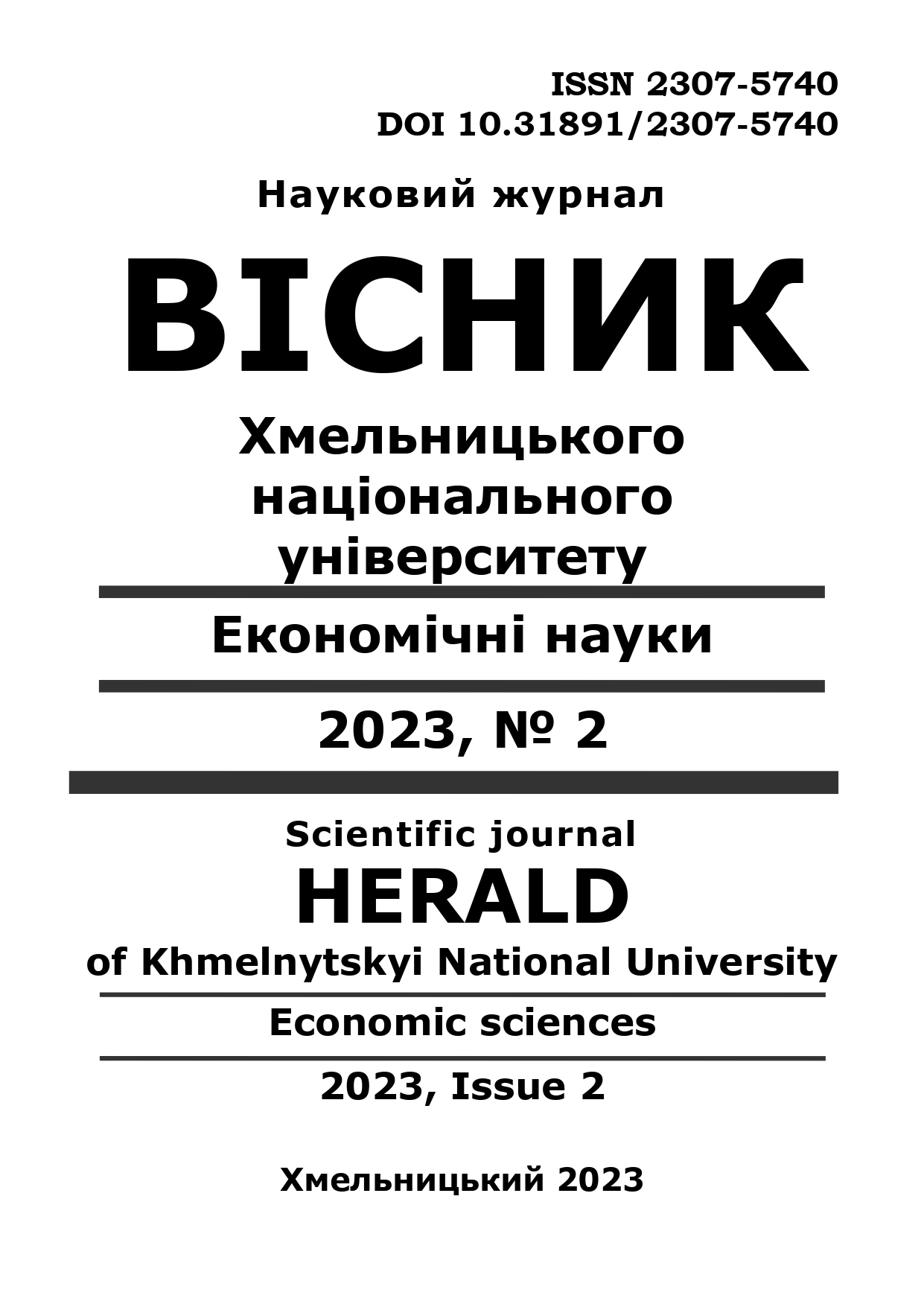SIMULATION OF THE MANAGEMENT DECISION-MAKING PROCESS REGARDING THE IMPLEMENTATION OF INFORMATION TECHNOLOGIES
DOI:
https://doi.org/10.31891/2307-5740-2023-316-2-43Keywords:
information technologies, fuzzy sets, methods of linguistic vector estimation, fuzzy logical inferenceAbstract
Informatization in the field of management of the enterprise's economic activity is carried out with the aim of increasing the productivity of employees by reducing the cost of products and services; as well as improving the qualifications and professional knowledge of specialists. The possibility of substantiating managerial decisions regarding the choice of information technologies using the methods of linguistic vector evaluations, fuzzy logical conclusion, and fuzzy relationship of preferences is considered. The method of applying the methods of linguistic vector evaluations and the fuzzy logical conclusion of evaluating possible values of management decisions when determining the expediency of introducing information technologies into the activities of economic entities in conditions of uncertainty (crisis) is presented. It was determined that the application of this method, with a simpler mathematical apparatus, allows to evaluate the possible variants of the values of management decisions with qualitative input parameters in crisis conditions. This technique allows you to predict the results of the enterprise for the case of quantitative information in relation to a number of input parameters, however, the mathematical apparatus for processing input information is quite complex. Therefore, it will be logical to check the possibility of applying other methods of the theory of fuzzy logic to solve the problems of evaluating the results of management decisions with qualitative input parameters


